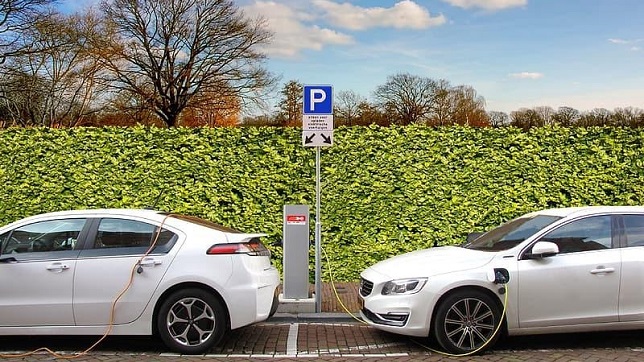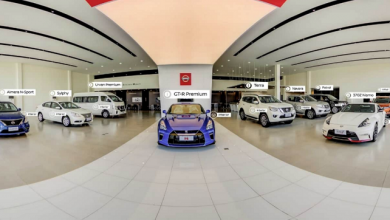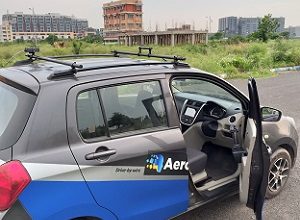Emerging Technology

Telematics for Electric Vehicles
With increased pollution and cost of operation the industry along with environment argument favoring electric vehicles to most of developing countries. The country is going crazy about battery operated vehicles. On average, electric vehicles are 75-80% cheaper from fuel and maintenance perspective, which is an important consideration for many consumers who look for value for money.
The Indian government is targeting for its goal of making 30% of Indian vehicles electric by 2030. There are many steps taken in 2019 to promote electric vehicles in the country which includes benefits on GST, Tax Exemption up to INR 150000 on electric vehicle loan and Many more.
While this growth is good news, it is not totally unexpected. Drastic improvements in EV technology, along with the government’s focus on reducing global warming and encouraging zero-emission vehicles, have provided a much-needed impetus to the EV market.
Specific Telematics Role:
Emission reductions and the lower cost of ownership, which are the primary benefits of EVs, are tied to the utilization rate. If your drivers fail to properly charge plug-in hybrid electric vehicles (PHEVs) or drive in fuel mode, EVs will neither help in saving money on fuel costs nor make a considerable impact on reducing emissions. Field service managers also need to monitor State-of-Charge (SOC) of EVs, before putting them into use as well as make drivers responsible for understanding when and where to charge.
We can get all this information by installing telematics devices with battery management system reading capability, which will track following basic data to help users avoid any failure:
- Battery status of health (SOH)
- Battery status of charge (SOC)
- Monitoring battery consumption pattern
- Improving driving habits
- Location monitoring (GPS) and booking of next charging station
Since 1996, every car manufactured in the US since 1996 is required to be OBD-II (On board Diagnostic) compliant. When the vehicle’s onboard computer detects a problem, it outputs a specific OBD code which is read by the scanner or reader. These OBD-II codes can help the mechanics diagnose emission, powertrain, and other issues.
The OBD (On boarding diagnostic) system was first introduced in India in the year 2010 (limited to light-duty vehicles) and as per the recent BS6 mandate; All vehicles manufactured post-April 2020 will have to be equipped with the OBD-II system.
According to Global Market Insight Inc. The OBD aftermarket is projected to cross $1.5 billion by 2024. With the significant growth in EV technology, the demand for OBD telematics systems for managing and controlling the car’s complex network of components is likely to increase significantly.
Author:
Santosh Kumar Pandey
Founder
Skylabs Solution India Private Limited
Published in Telematics Wire




